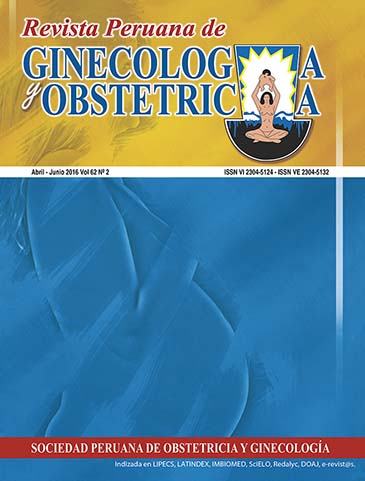Bariers to access to safe abortion in the ful extent of the law in Peru
DOI:
https://doi.org/10.31403/rpgo.v62i1898Abstract
Purpose: To examine the historical process for institutionalization of therapeutic abortion in Peru and to explain its current condition. Methodology: Review of bibliographic information available in the country regarding the process conducted by many institutions to have the Ministry of Health approve the National Guide for Therapeutic Abortion. Subsequently, the lead researcher met with 10 heads of the Gynecology and Obstetrics Service/Department from the same number of hospitals, from whom he requested information, as they have been regulating the provision of therapeutic abortion services by means of local Guides or Protocols for the last 5 years. Results: The formalization of the National Guide for the provision of therapeutic abortion services by the Ministry of Health has been a persistent endeavor of many institutions of civil society, but the 10 convened hospitals have already been responding to the demand for the past 5 years. In these 5 years, 257 therapeutic abortions were performed. The frequency of therapeutic abortions is still low; however, there is a progressive increase over the years. The frequency of therapeutic abortions is predominant in the second trimester of pregnancy, with congenital anomalies incompatible with life being the most frequent cause. Misoprostol to evacuate the uterus has been used in 95% of the cases, and only 2% minor complications have been verified.Downloads
Download data is not yet available.
Downloads
Published
2016-07-12
How to Cite
Távara Orozco, L., Macharé, P., García Angulo, S., Guevara, E., Cabrera, S., Aguilar, J., Ramírez, Y., Orderique, L., Silva, C., Sánchez, S., Leveau, W., & Burela, J. (2016). Bariers to access to safe abortion in the ful extent of the law in Peru. The Peruvian Journal of Gynecology and Obstetrics, 62(2), 153–168. https://doi.org/10.31403/rpgo.v62i1898
Issue
Section
Artículos Originales
















